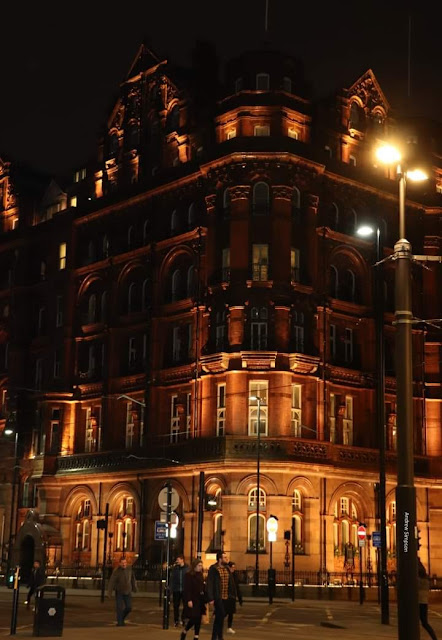The continuing story of the house Joe and Mary Ann Scott lived in for over 50 years and the families that have lived here since. *
This will be the last of the Christmas stories of the house for this year, which also included reflections on how Covid would bring about a very different event, and the nostalgic look back at the Christmas in 1958.
In many ways it has brought me closer to Joe and Mary Ann than any of those I have written about the house at this time of year, and that I guess is because the Christmases they experienced during the last war broke the traditional way of doing things.
And 80 years on, that break has again been forced upon us.
The plans to celebrate it with some of the family from Italy along with our Saul and Julia who live in Warsaw , fell away when first travel restrictions looked likely and then by flight cancellations.
Then with days to go it became apparent that we would not be sitting at a table with the rest of the children three of whom were in schools and the NHS.
Like so many other families, the options were limited.
We could have gone for a walk, but instead opted to sit in the garden, suitably spaced apart, with hot food, and more than enough to drink.
Tina decorated the trees, ordered up extra blankets and a very different Christmas dinner followed.
But it was fun, with the bonus that we were able to spend time with our grandson.
And it snowed ….. not much but enough.
Leaving it a Christmas which did indeed break with tradition and made it a first, which I think deserves to be recorded as part of the story of the house.
To which I shall just add that as I write this on December 30th a dozen or so Christmas cards arrived on the mat.
Location; Chorlton
Pictures; Christmas in the garden, 2020, from the collection of Andrew Simpson
*The story of a house, https://chorltonhistory.blogspot.co.uk/search/label/The%20story%20of%20a%20house

















































